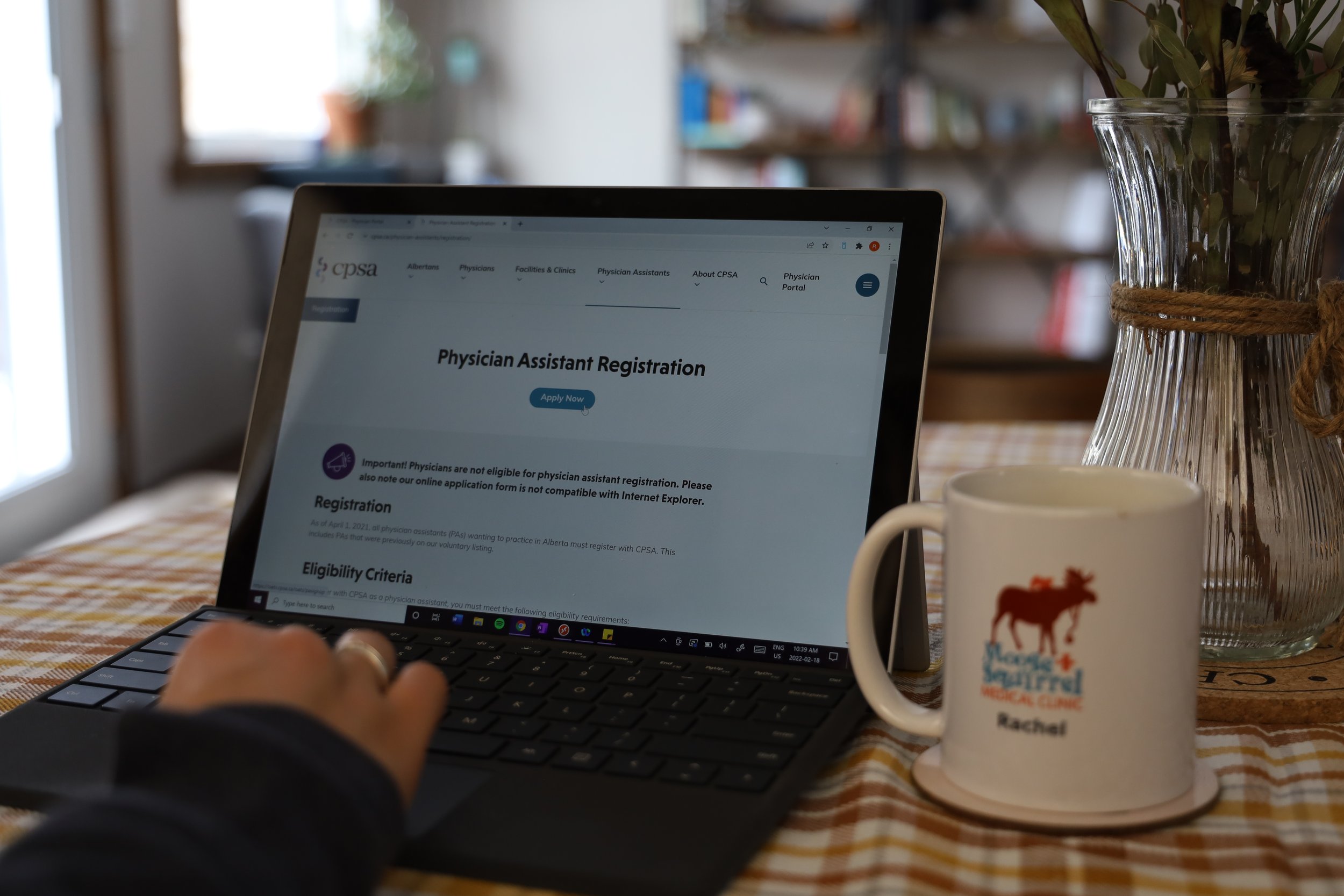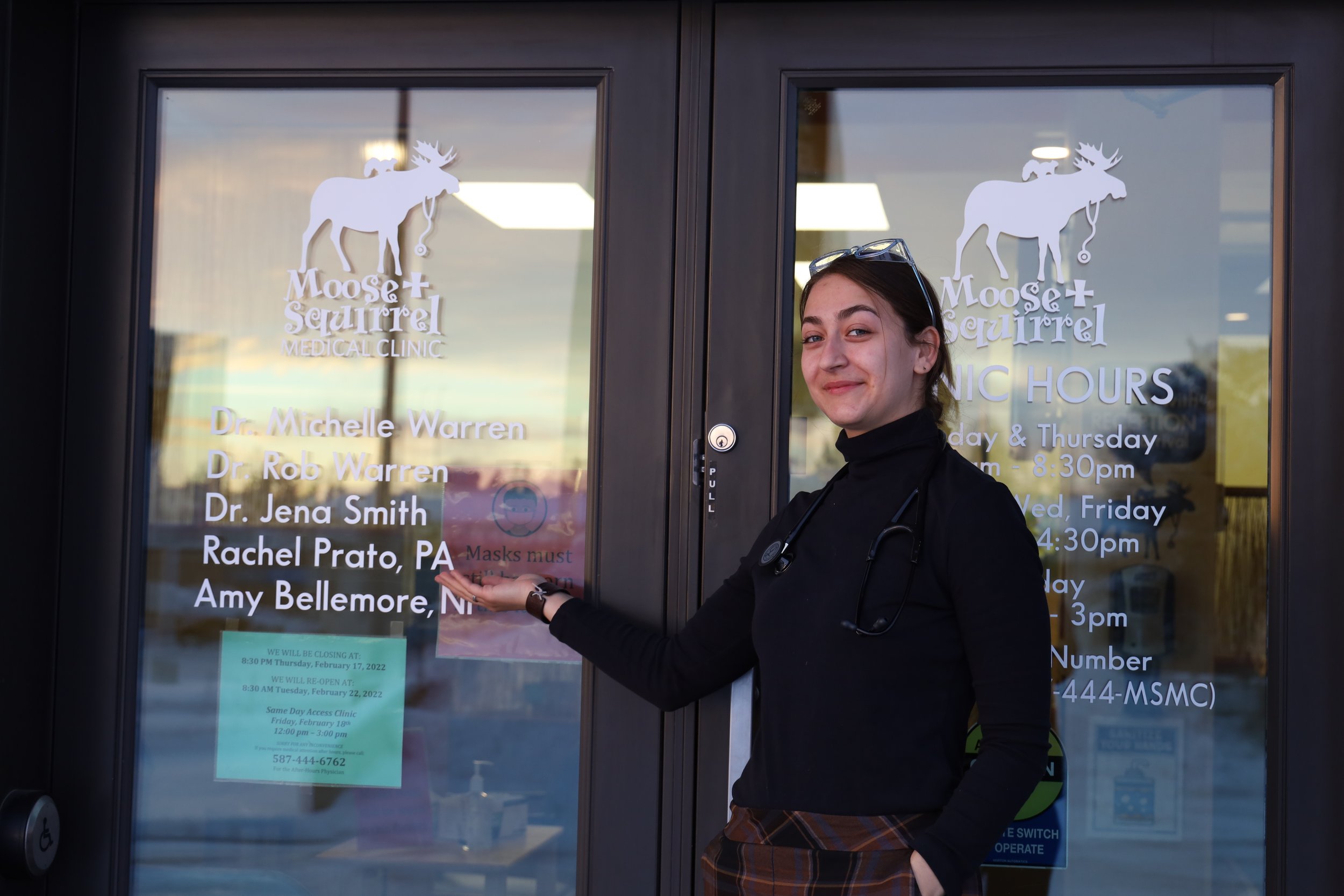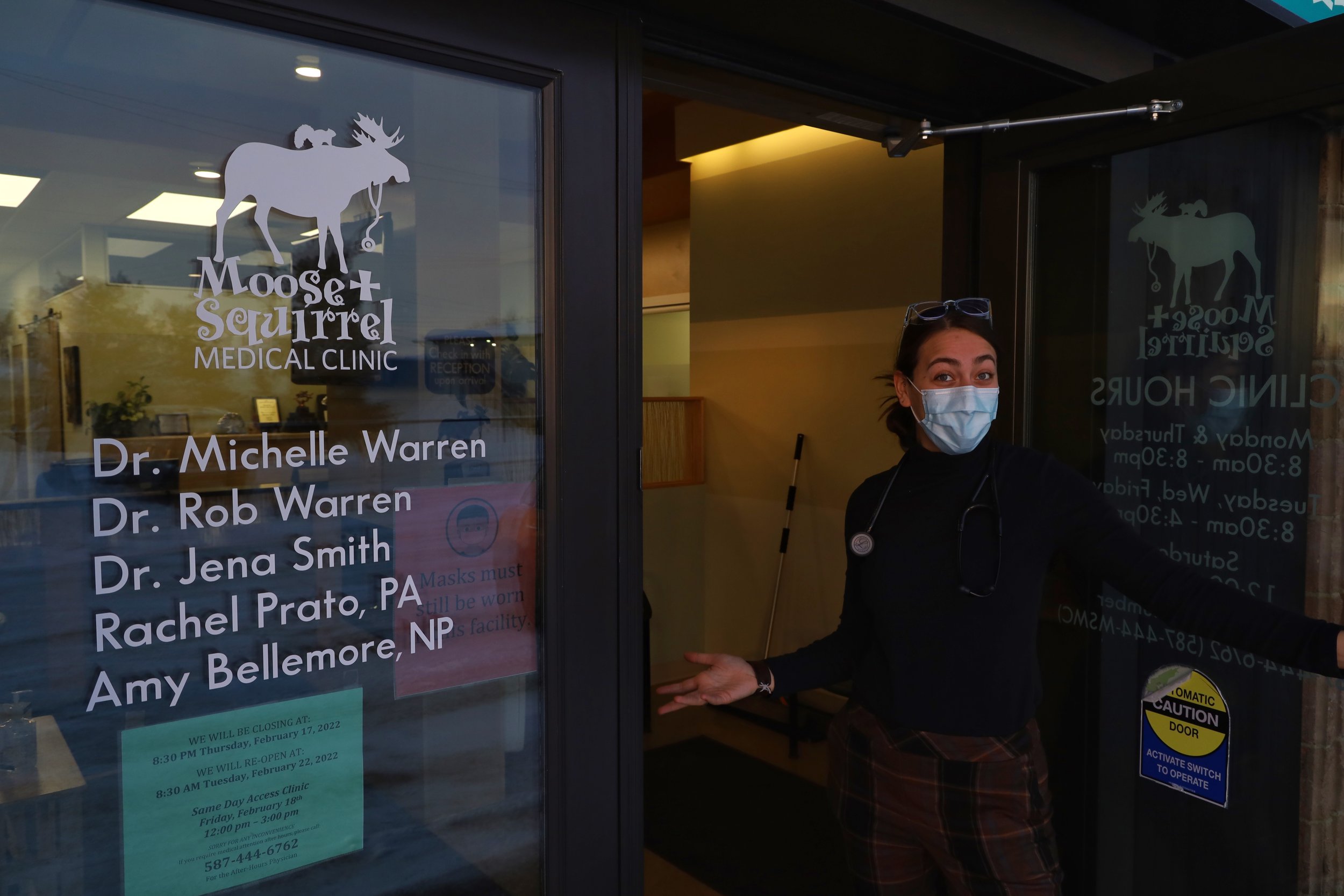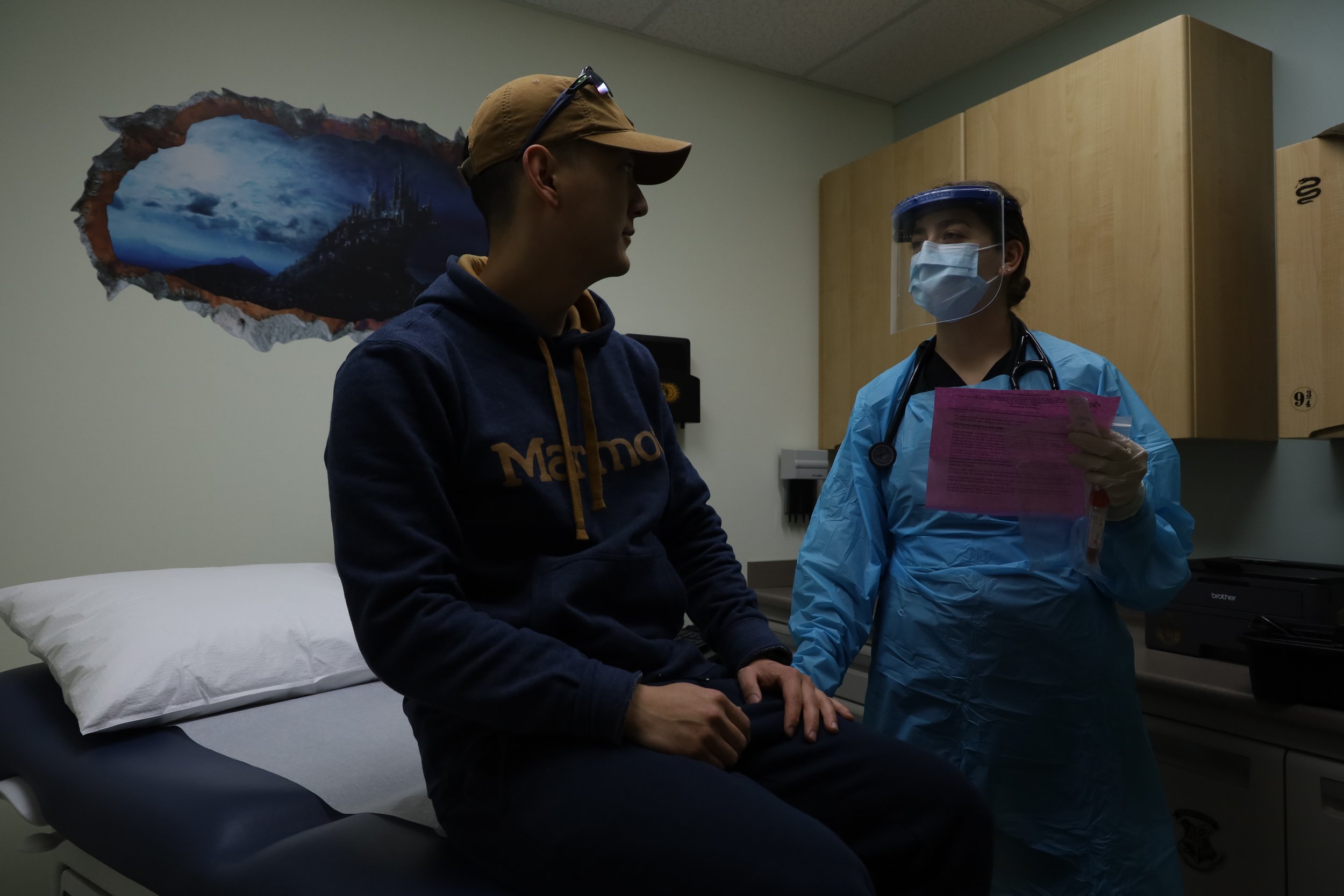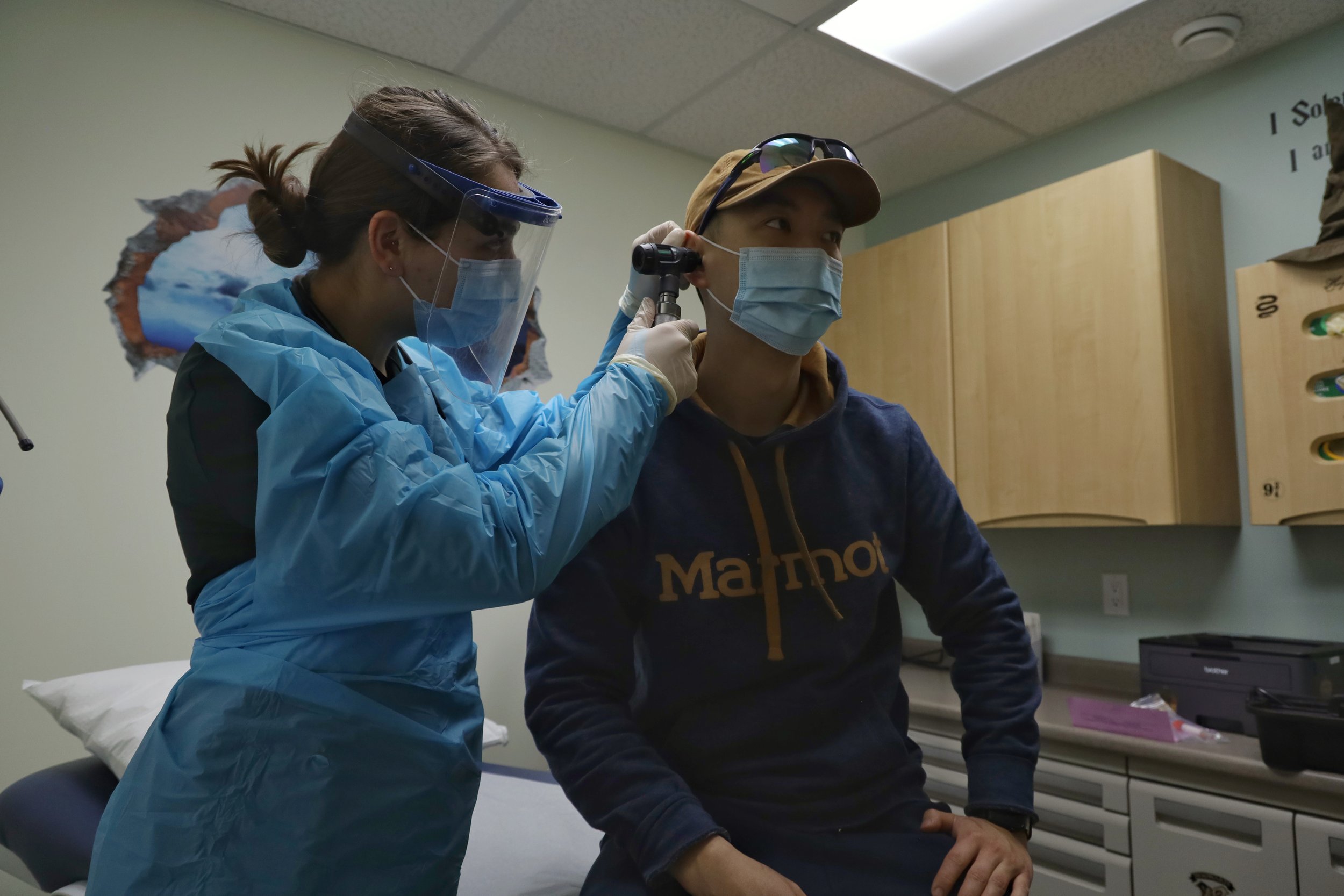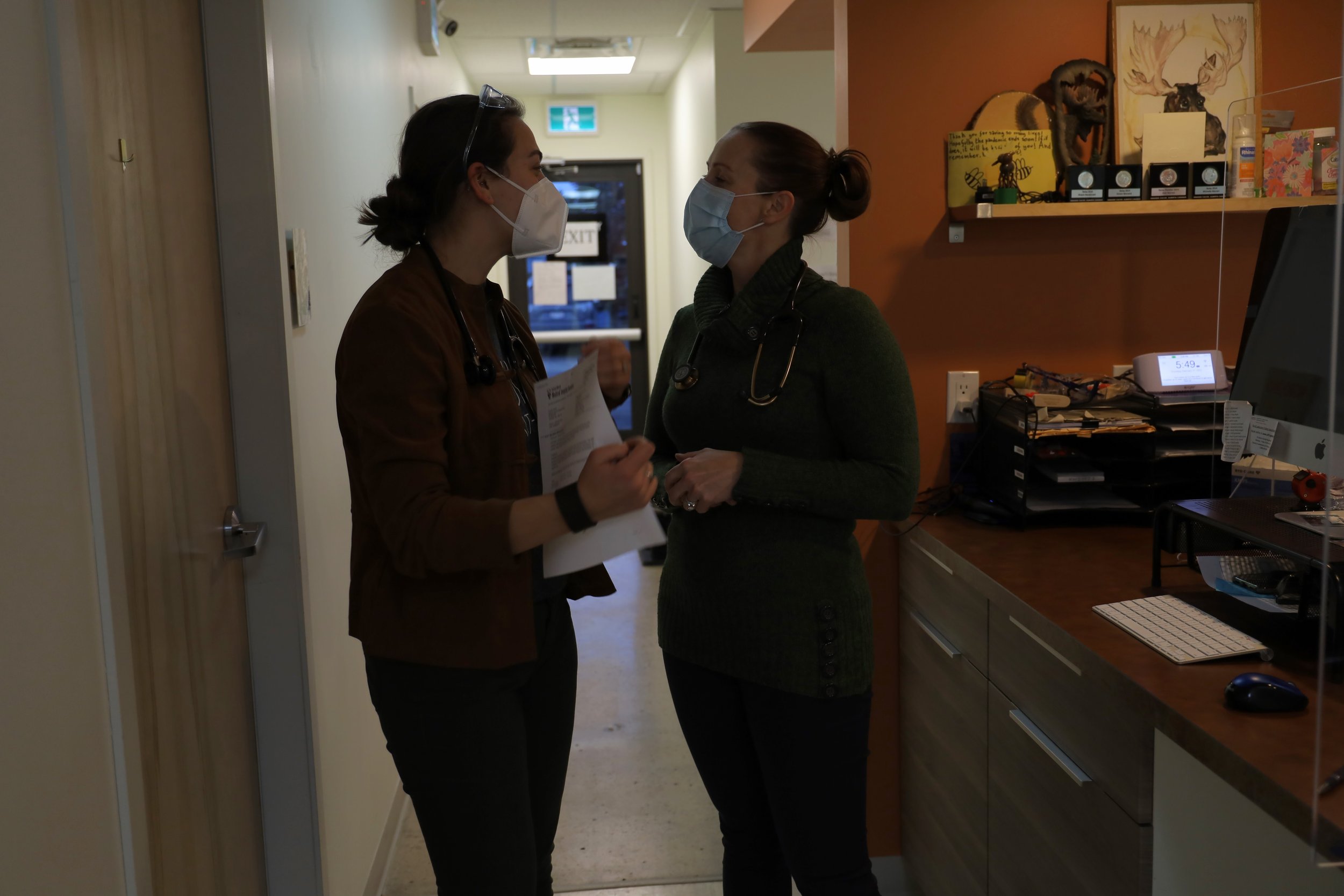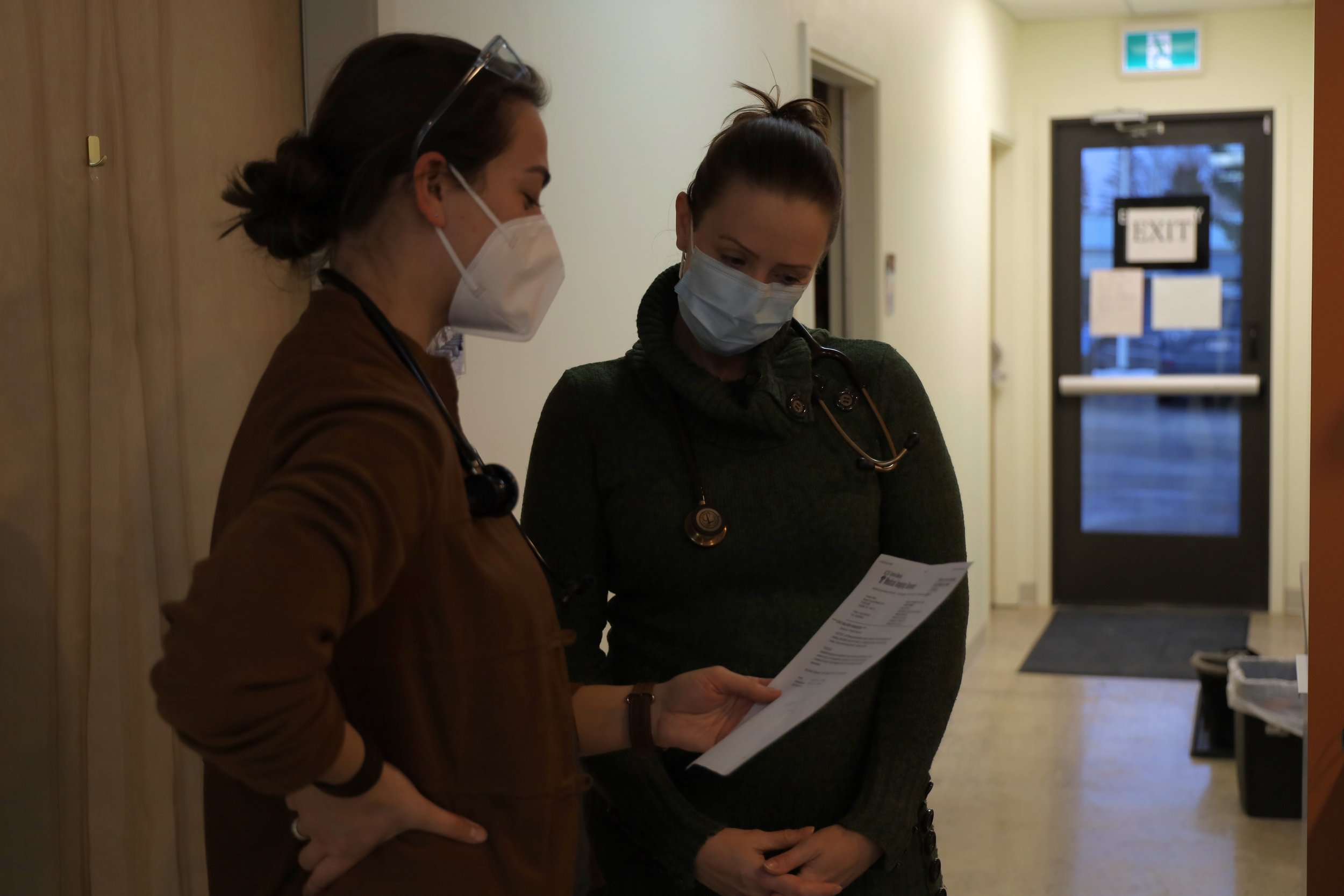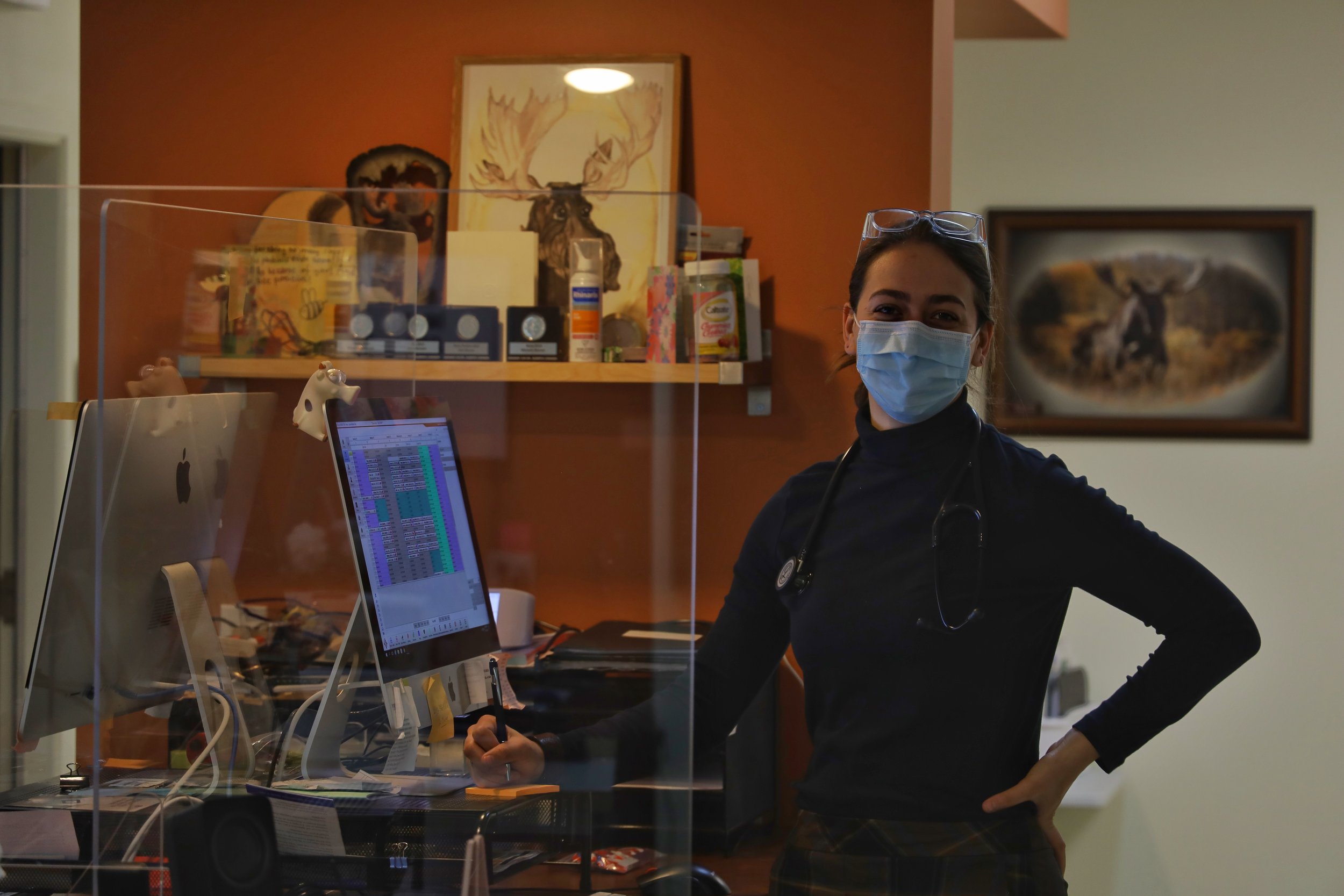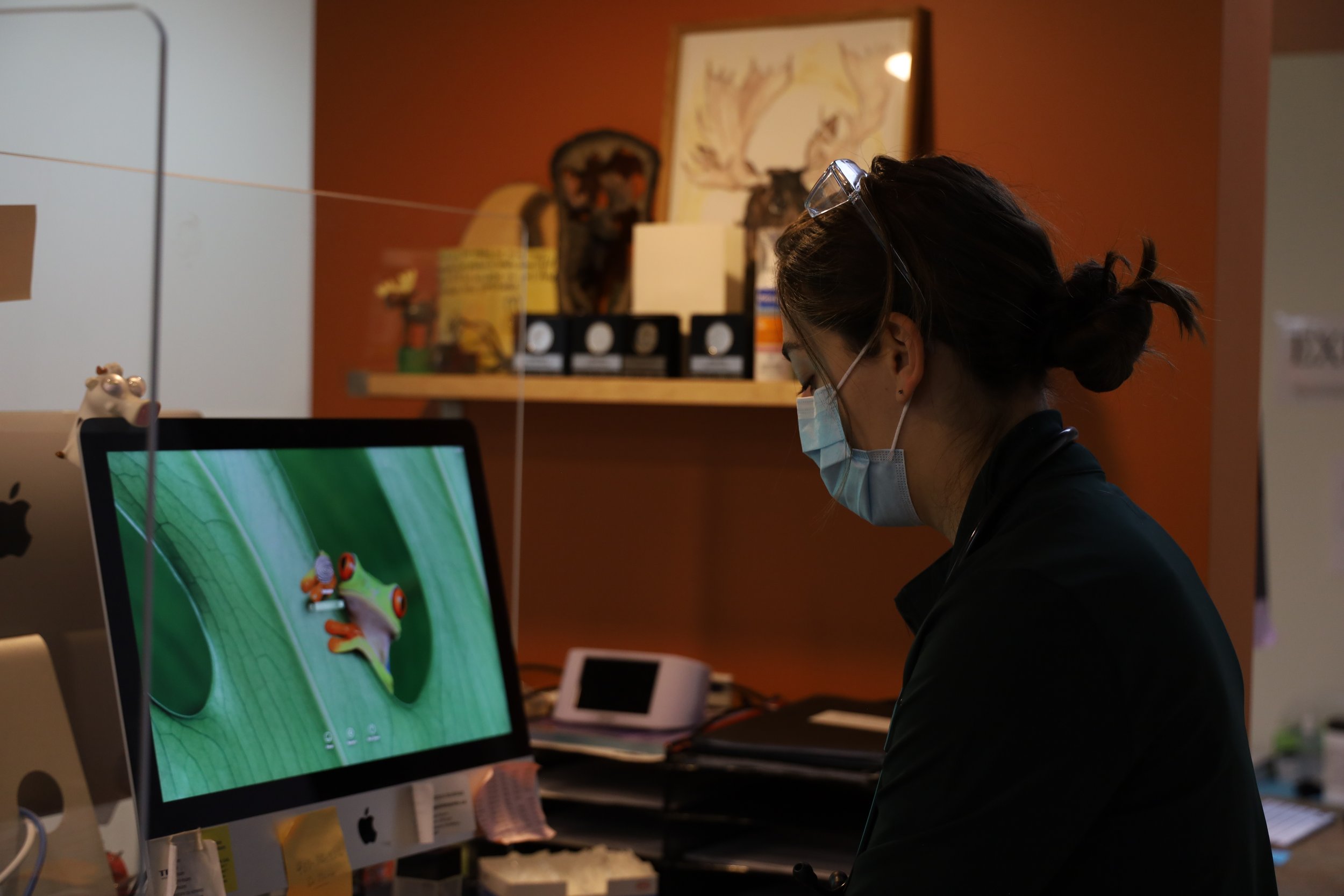The evolving healthcare team: a day in the life of a physician assistant
Estimated read time: 8 minutes
April 1, 2021, was a historic day for CPSA as we began formally regulating physician assistants (PA) in our province. PAs have a decades-long history in Canada deeply rooted in the Canadian Armed Forces and have become increasingly important members of the modern healthcare team in providing team-based care.
PAs are trained healthcare providers who work under the supervision of a physician, but with only 40 PAs registered in Alberta in 2021, you may not have had the opportunity to see or interact with a PA in a healthcare setting. What does a day in the life of a physician assistant look like and how do they fit into the healthcare team? We asked Ms. Rachel Prato, one of Alberta’s PAs, to tell us more.
A day in the life of a physician assistant
Hi, my name is Rachel Prato, and I am a newly certified Canadian physician assistant working in Sundre, Alberta. I completed an undergraduate degree with honours in biomedical science and a minor in psychology at the University of Ottawa. Then, I graduated from the University of Toronto’s Physician Assistant program in August 2021 with an award for academic achievement and passed my Physician Assistant Certification Council of Canada licensing exam in fall 2021.
I moved from Ontario to rural Alberta not only for the 5% sales tax and the beauty of the Rocky Mountains, but because Alberta began formally regulating the physician assistant profession in 2021. I saw this as a benefit because being a regulated profession means my title as a physician assistant is protected and can only be used by those with the proper training and credentials. Regulation also brings enhanced recognition by the medical community and credibility amongst patients. A fun fact is I was the first PA to register to practise in Alberta following the mass registration of PAs who were already on CPSA’s register, but not formally regulated, when CPSA’s official regulation of PAs began on April 1, 2021.
I’m proud to call Sundre home and currently work with an incredible team of healthcare professionals at the Moose & Squirrel Medical Clinic along this wonderful town’s main avenue.
I start my day at the Moose & Squirrel Medical Clinic by reviewing patient charts and clearing my inbox of laboratory results, investigations and consultations. I pay particular attention to preventative health and screening guidelines, confirming each patient I’m scheduled to see that day is up to date with their preventative care. Since I don’t have a panel of patients assigned to me, these pre-appointment reviews help me ensure I’m familiar with the patient and their history before seeing them.
My schedule typically consists of two 20-minute appointments, or one 40-minute appointment followed by a “do not book” period. I use this time for reviewing patients with my supervising physician(s), catching up on charting and seeing patients who call in looking for urgent, same-day care. Providing timely access to medical care is an area where my role as a PA has helped increase patient accessibility within our practice, and our rural community as a whole.
Before each patient encounter, I receive the patient’s history and vitals from our clinic’s nursing staff. I then enter the exam room, perform a focused physical examination and formulate an assessment and treatment plan, including ordering investigations, issuing prescriptions and writing referrals. For each patient I emphasize education and strive for shared decision-making in the approach to treatment.
As a physician assistant, I work closely with the physicians on staff at the Moose & Squirrel Medical Clinic because I practise under their supervision. After seeing patients, I review with my supervising physician(s) on a case-by-case basis. My physician supervisor helps me navigate complex patients and provides guidance in areas with which I am unfamiliar. Here, I’m checking in with Dr. Jena Smith, one of the talented physicians at the Moose & Squirrel Medical Clinic.
Working with such a dynamic team of healthcare professionals at the Moose & Squirrel Medical Clinic, I’m fortunate to also have the opportunity to learn from others on the healthcare team, including our nurse practitioner, resident physicians, community pharmacists and administrative staff like our Quality Improvement and Panel Manager Jessica!
My work as a PA complements existing services and can help improve patient access to quality health care. The types of cases I may see in a day range from diabetes management, mental health support and musculoskeletal injuries, to more routine drivers’ medicals, physical exams and well-baby visits. Some typical procedures I perform in-office include laceration repairs, excisional biopsies and foreign body removals. I have also been training to perform outpatient paracentesis (which is the removal of fluid from the abdomen using a hollow needle and catheter) for patients going through cancer treatment.
In addition to working Monday to Friday, a schedule that supports consistency of care for my patients, I operate the clinic’s after-hours phone line one week every month so that patients have access to 24/7 medical advice. This is an example of indirect supervision in my role as a PA, where I can perform within my scope of practice and connect virtually with my supervising physician. I also participate in our weekend walk-in clinic, allowing for more patients to be seen.
I end each day similarly to how I start it: finishing up charting, writing referrals and clearing my inbox.
As a new member of an up-and-coming profession in Canada, I am excited for what the future holds! I have already seen a shift in our family practice and community, and I know with the expansion of the profession, physician assistants will support the evolving healthcare team in addressing and overcoming the many challenges Canadian healthcare faces. #AlbertaNeedsPAs
CPSA thanks Ms. Rachel Prato and the team at the Moose & Squirrel Medical Clinic in Sundre, Alta. for providing us with these photos and telling us about a day in the life of a physician assistant.


